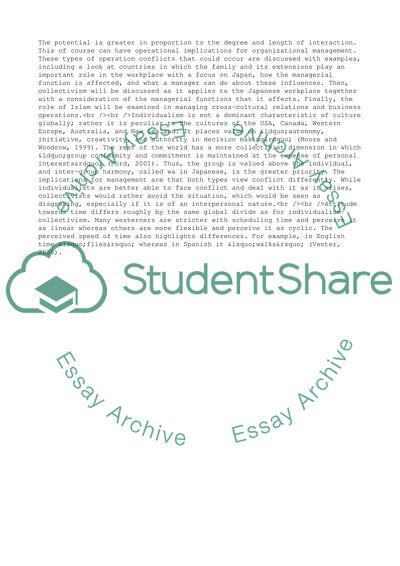Cite this document
(Global Management Models: Role of Culture and Communicating Across Assignment, n.d.)
Global Management Models: Role of Culture and Communicating Across Assignment. https://studentshare.org/management/1727308-assignment-discussion-questions-2
Global Management Models: Role of Culture and Communicating Across Assignment. https://studentshare.org/management/1727308-assignment-discussion-questions-2
(Global Management Models: Role of Culture and Communicating Across Assignment)
Global Management Models: Role of Culture and Communicating Across Assignment. https://studentshare.org/management/1727308-assignment-discussion-questions-2.
Global Management Models: Role of Culture and Communicating Across Assignment. https://studentshare.org/management/1727308-assignment-discussion-questions-2.
“Global Management Models: Role of Culture and Communicating Across Assignment”. https://studentshare.org/management/1727308-assignment-discussion-questions-2.


